Which of the following options shows bisexual animals only ?
Amoeba, sponge, leech
Sponge, cockroach, Amoeba
Earthworm, sponge, leech
Tapeworm, earthworm, honeybee
The correct Answer is:c
To solve the question "Which of the following options shows bisexual animals only?", we will follow these steps:
1. Understand the Definitions:
- Bisexual Animals: Also known as hermaphrodites, these animals possess both male and female reproductive organs.
- Unisexual Animals: These animals have either male or female reproductive organs, but not both. They are also referred to as dioecious.
2. Analyze the Options:
- We need to look at each option and identify whether all the animals listed in that option are bisexual.
3. Evaluate Each Option:
- Option A: Contains amoeba, sponges, and leech.
- Amoeba: Asexual reproduction, not bisexual.
- Sponges: Bisexual.
- Leech: Bisexual.
- Conclusion: This option is incorrect because it includes amoeba, which is not bisexual.
- Option B: Contains sponges, cockroach, and amoeba.
- Sponges: Bisexual.
- Cockroach: Unisexual.
- Amoeba: Asexual reproduction, not bisexual.
- Conclusion: This option is incorrect because it includes cockroach and amoeba.
- Option C: Contains earthworm, sponges, and leech.
- Earthworm: Bisexual.
- Sponges: Bisexual.
- Leech: Bisexual.
- Conclusion: This option is correct as all listed animals are bisexual.
- Option D: Contains tapeworm, earthworm, and honeybee.
- Tapeworm: Bisexual.
- Earthworm: Bisexual.
- Honeybee: Unisexual.
- Conclusion: This option is incorrect because it includes honeybee, which is not bisexual.
4. Final Answer:
- The correct option that shows only bisexual animals is Option C: Earthworm, Sponges, and Leech.
- Bisexual Animals: Also known as hermaphrodites, these animals possess both male and female reproductive organs.
- Unisexual Animals: These animals have either male or female reproductive organs, but not both. They are also referred to as dioecious.
- We need to look at each option and identify whether all the animals listed in that option are bisexual.
- Option A: Contains amoeba, sponges, and leech.
- Amoeba: Asexual reproduction, not bisexual.
- Sponges: Bisexual.
- Leech: Bisexual.
- Conclusion: This option is incorrect because it includes amoeba, which is not bisexual.
- Sponges: Bisexual.
- Cockroach: Unisexual.
- Amoeba: Asexual reproduction, not bisexual.
- Conclusion: This option is incorrect because it includes cockroach and amoeba.
- Earthworm: Bisexual.
- Sponges: Bisexual.
- Leech: Bisexual.
- Conclusion: This option is correct as all listed animals are bisexual.
- Tapeworm: Bisexual.
- Earthworm: Bisexual.
- Honeybee: Unisexual.
- Conclusion: This option is incorrect because it includes honeybee, which is not bisexual.
- The correct option that shows only bisexual animals is Option C: Earthworm, Sponges, and Leech.
Topper's Solved these Questions
Similar Questions
Knowledge Check
Which of the following groups contains uricotelic animals only?
AReptiles, birds, land snails, insectBReptiles, birds, land snail, aquatic insectsCAmphibians, birds, lands snails, insectsDAmphibians, reptiles, birds, insectWhich of the following options shows two plants in which new plantlets arise from the same organ ?
ADahlia and gingerBPotato and sweet potatoCDahlia and roseDPotato and sugarcaneWhich one of the following options shows the next stage of muscle contraction after the stage given in question ?
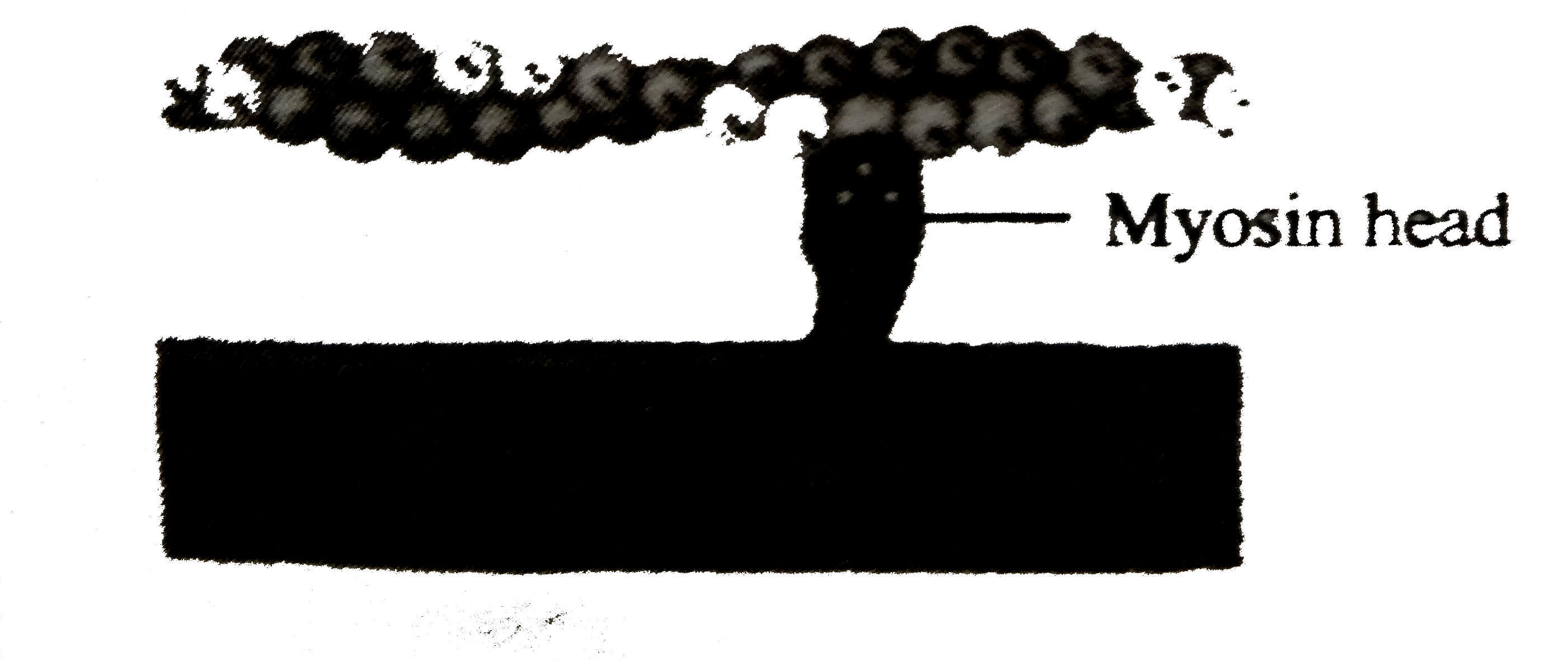 A
A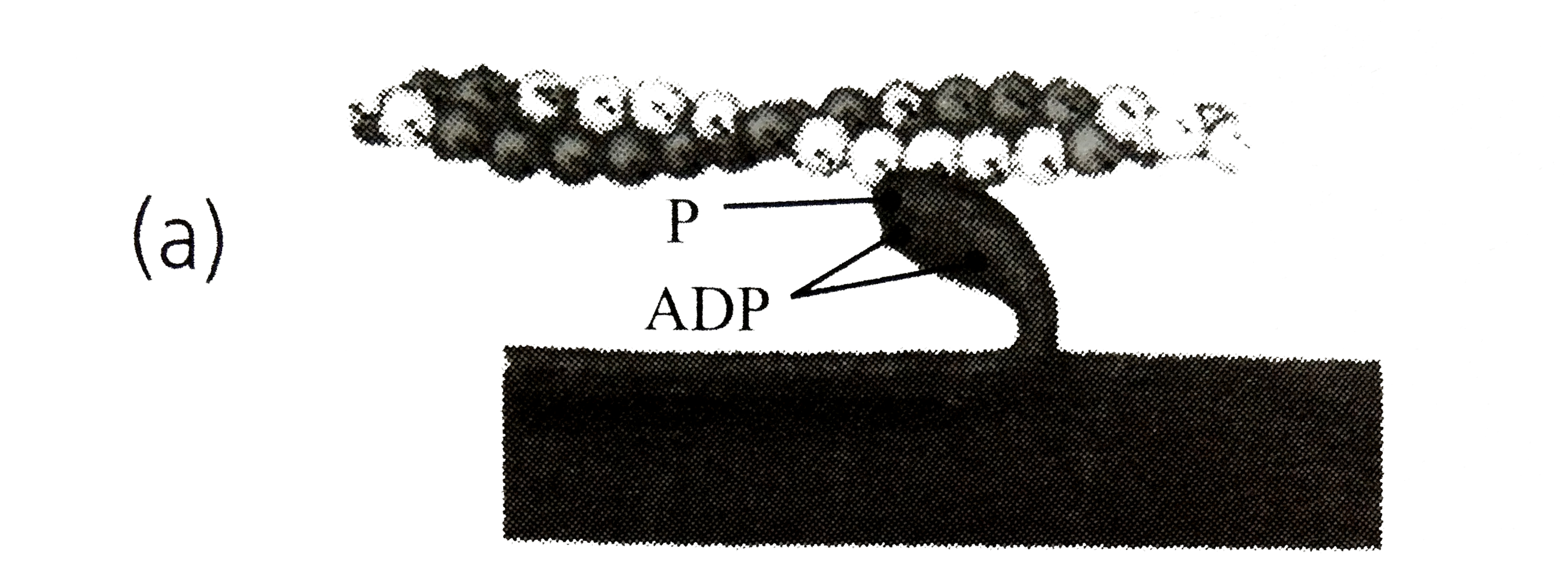 B
B C
C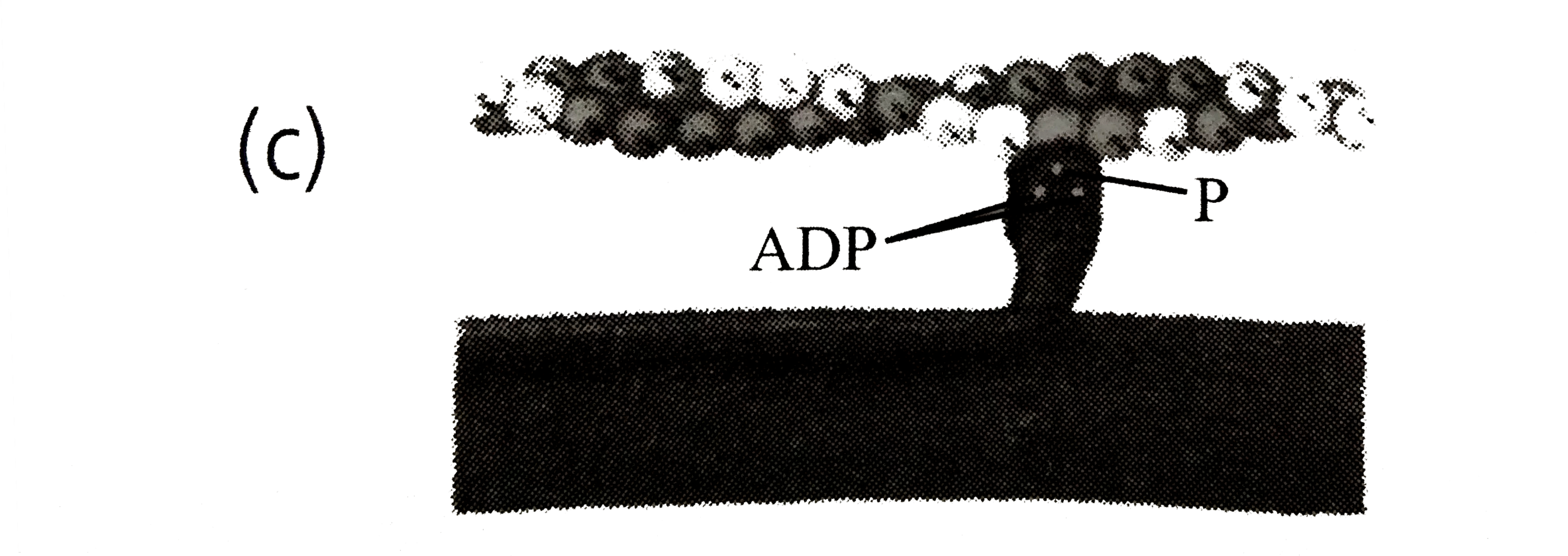 D
D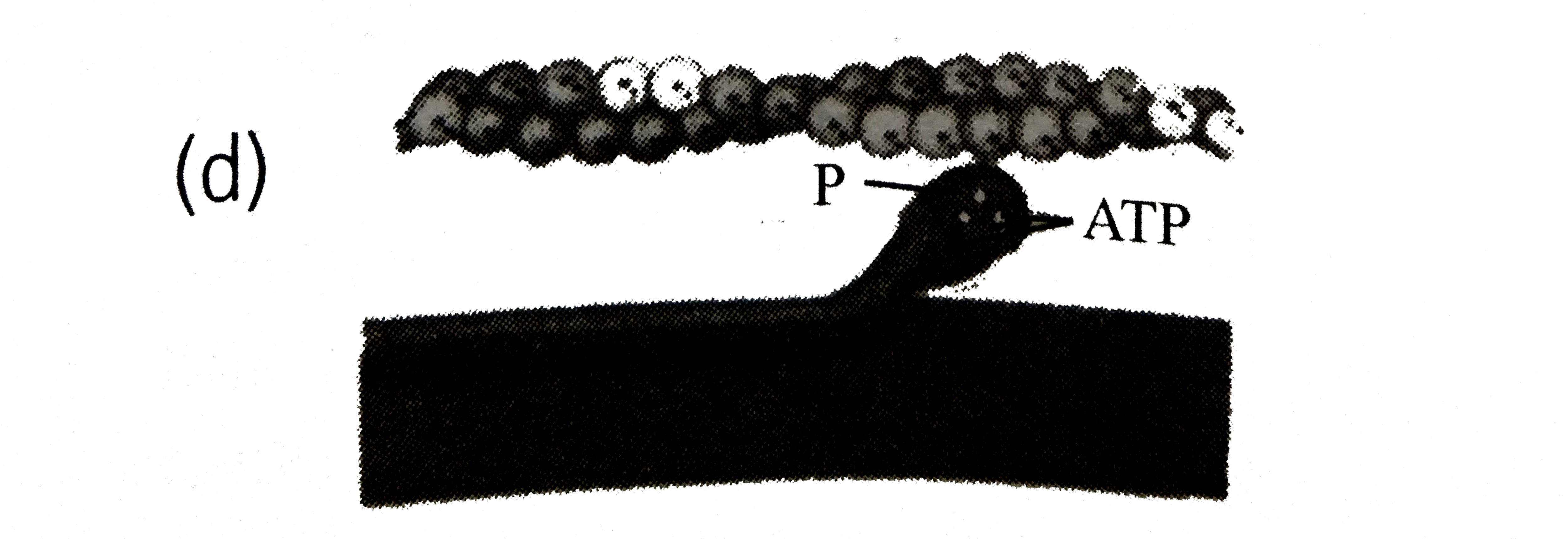
Which of the following options shows a pair of antagonist Phytohormones with respect to the given feature ?
View SolutionWhich of the following options has examples of viviparous animals only ?
View SolutionWhich of the following options shows the correct match of the plants along with their pollinating agents?
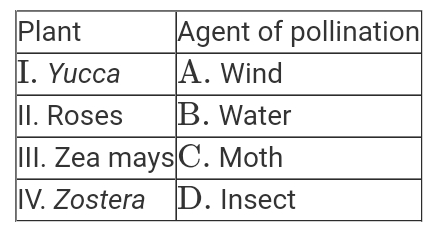
View SolutionWhich of the following options shows correct pairing of alcohol and the substrate from which it is obtained ?
View SolutionRefer the figures A , B , C and D given below. Which of the following option shows the correct name of the animals shown by the figures A , B, C and D ?

View Solution
